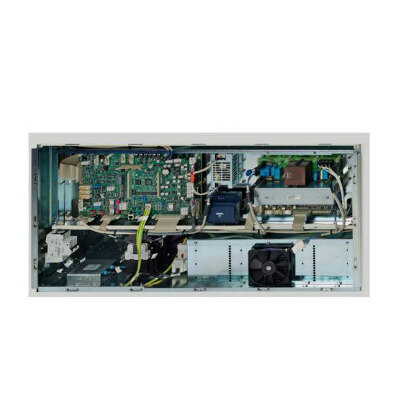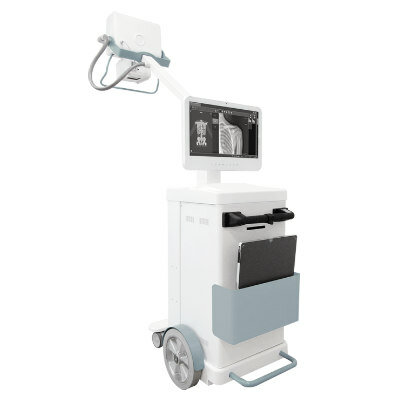Cardiac MRI Reduces Adverse Events for Patients with Acute Chest Pain
By MedImaging International staff writers
Posted on 09 Jul 2013
Clinicians have found that using stress cardiac magnetic resonance (CMR) imaging in an emergency department (ED) observation unit to care for patients with acute chest pain is a valuable tool for both the patient and the institution. Posted on 09 Jul 2013
In a small, single-center clinical trial, Chadwick Miller, MD, MS, and colleagues from Wake Forest Baptist Medical Center (Winston-Salem, NC, USA) revealed that evaluating older, more complex patients in the observation unit with stress cardiac MRI, as opposed to usual inpatient care, reduced hospital readmissions, coronary revascularization procedures, and the need for additional cardiac testing.
The observation unit is a part of the emergency department designed for short stays—longer than a typical ED visit, according to Dr. Miller, but shorter than a hospital admission. “We were looking at the optimum way to evaluate people with chest pain and focusing on those patients who are generally older, have many risk factors for coronary disease, or may have had prior health problems, basically the intermediate to higher risk population,” Dr. Miller said. “At most hospitals in the United States, after evaluation in the emergency department, these patients are admitted to the hospital to complete their care.”
The study was published online in June 2013 ahead of print in the journal JACC: Cardiovascular Imaging. Dr. Miller, who serves as director of clinical research and executive vice-chair of Emergency Medicine at Wake Forest Baptist, noted that the study built on earlier studies that more complex patients managed in an observation unit with stress CMR testing experienced a reduction in care costs of about USD 2,100 per patient per year. The researchers, for this research, wanted to specifically look at three care events: coronary revascularization, hospital readmissions, and additional heart testing.
The researchers recruited 105 patients from Wake Forest Baptist’s ED, randomizing them to receive care either in the observation unit with CMR or in the hospital. The patients were followed for 90 days, after which the researchers found significant reductions in coronary revascularization procedures, fewer hospital readmissions, and fewer recurrent cardiac testing episodes or the need for additional testing.
“What's exciting about this is not only can we reduce events that are important to patients, but we can reduce costs as well,” Dr. Miller said. “What we think is happening is that the cardiac MRI is more accurately selecting patients who will benefit the most from having invasive procedures done. It’s a win-win.”
However, the single-center design of the study is a drawback, noted Dr. Miller, and these findings need to be validated across multiple centers to confirm the findings.
Related Links:
Wake Forest Baptist Medical Center














